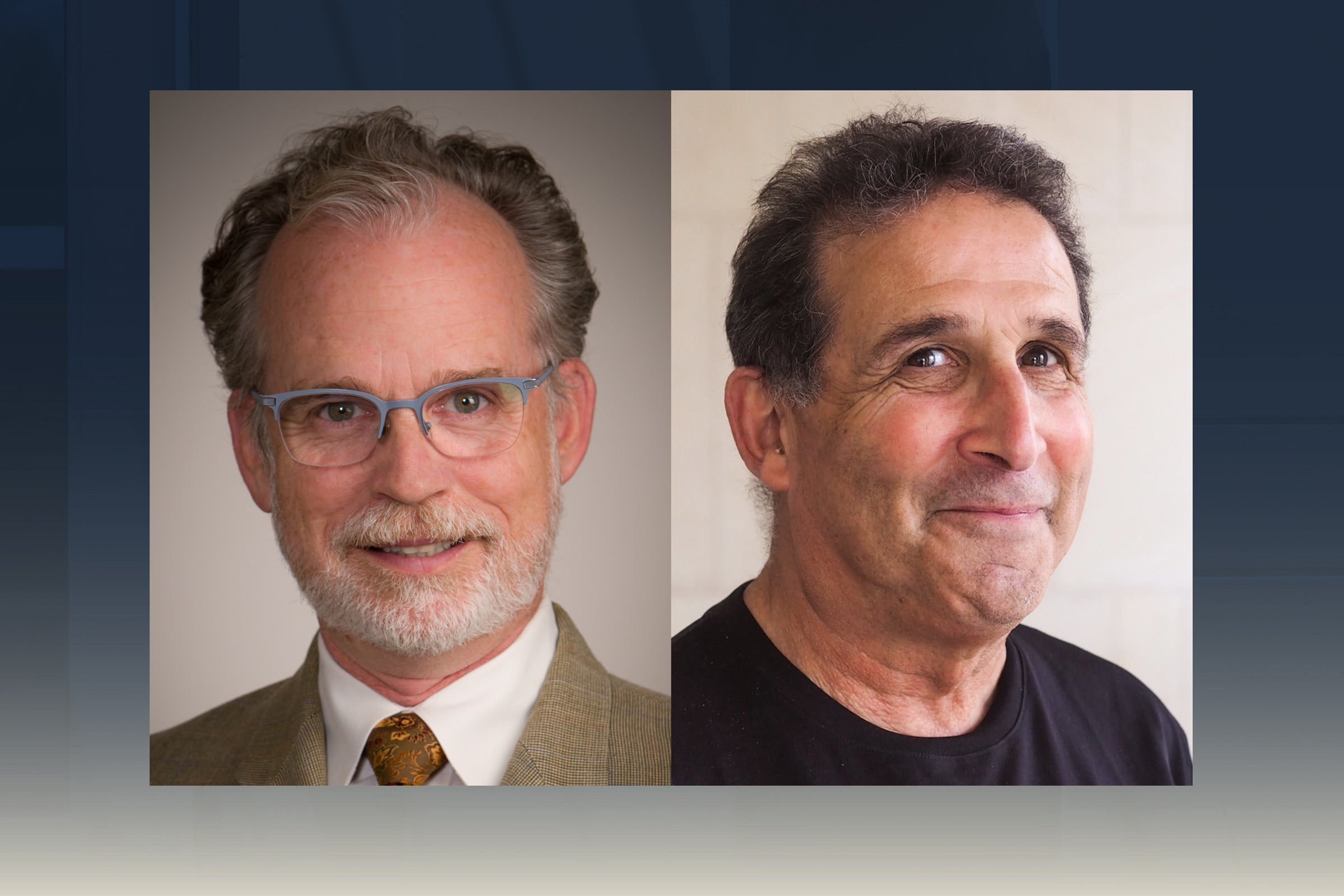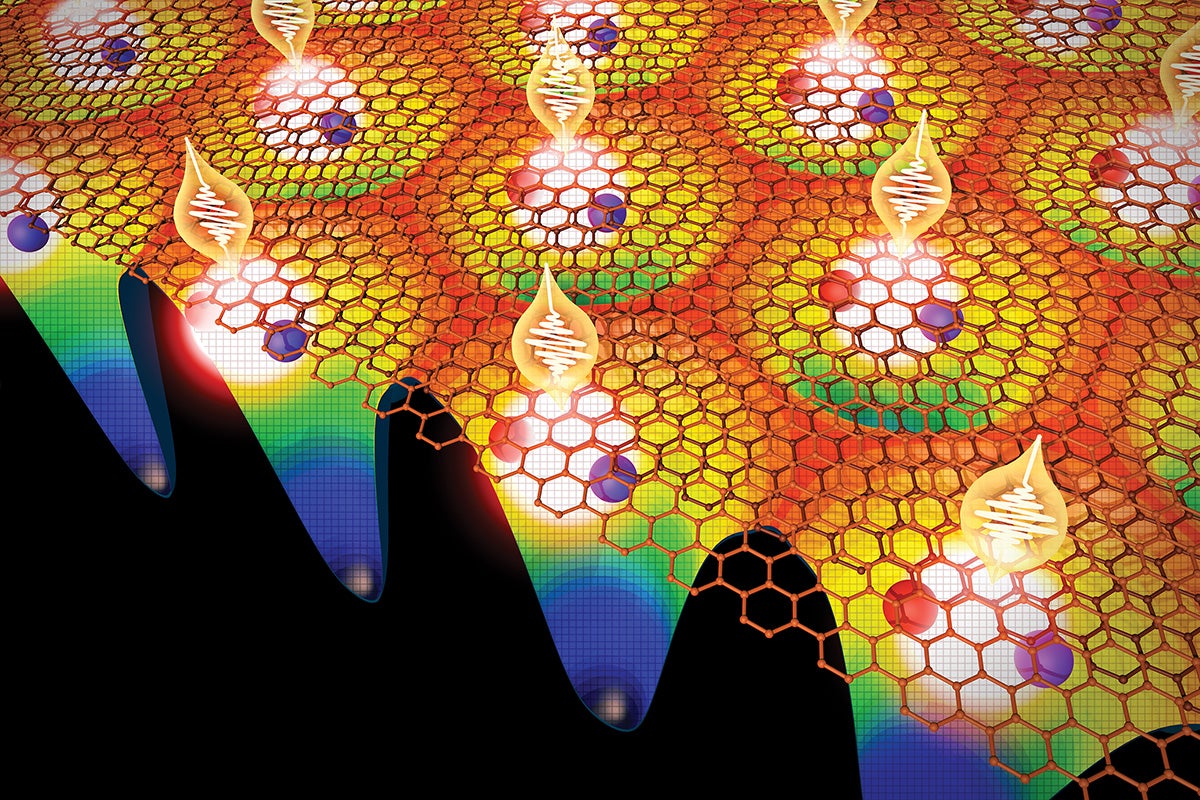Conventional solar cell efficiency could be increased from the current limit of 30 percent to more than 60 percent, suggests new research on semiconductor nanocrystals, or quantum dots, led by chemist Xiaoyang Zhu at The University of Texas at Austin.
Zhu and his colleagues report their results in this week’s Science.
The scientists have discovered a method to capture the higher energy sunlight that is lost as heat in conventional solar cells.
The maximum efficiency of the silicon solar cell in use today is about 31 percent. That’s because much of the energy from sunlight hitting a solar cell is too high to be turned into usable electricity. That energy, in the form of so-called “hot electrons,” is lost as heat.
If the higher energy sunlight, or more specifically the hot electrons, could be captured, solar-to-electric power conversion efficiency could be increased theoretically to as high as 66 percent.
“There are a few steps needed to create what I call this ‘ultimate solar cell,’” says Zhu, professor of chemistry and director of the Center for Materials Chemistry. “First, the cooling rate of hot electrons needs to be slowed down. Second, we need to be able to grab those hot electrons and use them quickly before they lose all of their energy.”
Zhu says that semiconductor nanocrystals, or quantum dots, are promising for these purposes.
As for the first problem, a number of research groups have suggested that cooling of hot electrons can be slowed down in semiconductor nanocrystals. In a 2008 paper in Science, a research group from the University of Chicago showed this to be true unambiguously for colloidal semiconductor nanocrystals.
Zhu’s team has now figured out the next critical step: how to take those electrons out.
They discovered that hot electrons can be transferred from photo-excited lead selenide nanocrystals to an electron conductor made of widely used titanium dioxide.
Read the paper in Science here .
News and Highlights
From the Chemistry Department









